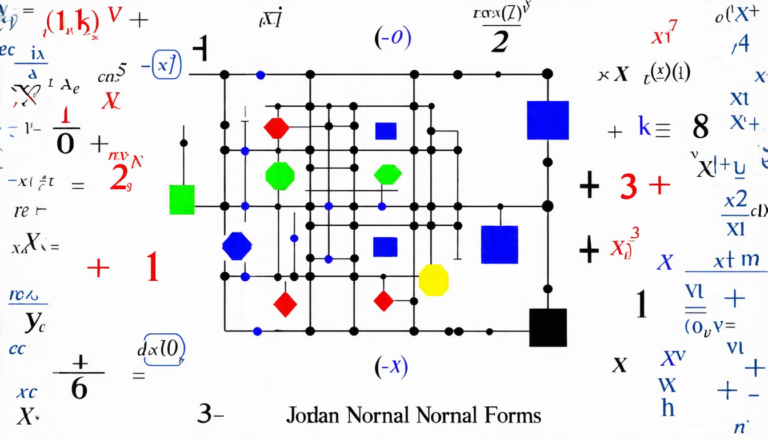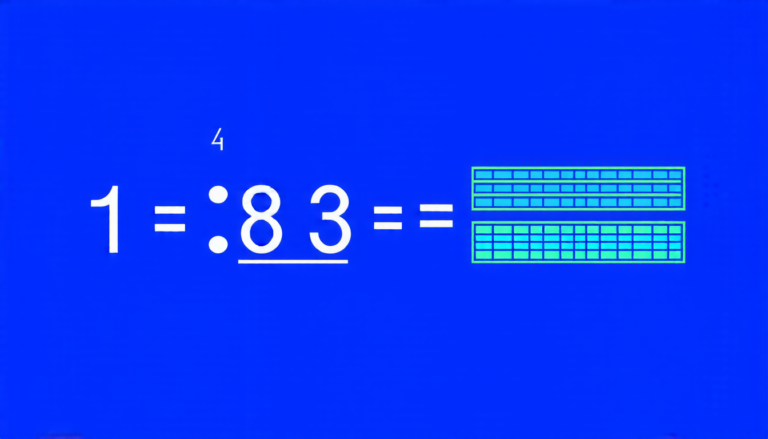Wednesday 09 April 2025
Mathematicians have made a significant breakthrough in understanding how certain types of equations behave near their boundaries. These equations, known as degenerate elliptic partial differential equations, are used to model a wide range of phenomena in physics and engineering, from fluid flow to electrical currents.
One of the key challenges in studying these equations is understanding what happens when they approach the boundary of the region being studied. This can be thought of as trying to understand how the equation behaves at the edge of a lake, where the water meets the shore.
In this latest research, mathematicians have developed new techniques for analyzing the behavior of these equations near their boundaries. By using these techniques, they have been able to determine that certain types of solutions to these equations are not as smooth and continuous as previously thought.
Instead, the researchers found that the solutions can be quite irregular and fragmented at the boundary, with some parts being much smoother than others. This has significant implications for how we model and simulate real-world phenomena using these equations.
The research also sheds light on the role of a parameter called β in determining the behavior of the equation near its boundary. This parameter controls the degree to which the equation becomes degenerate, or singular, at the boundary.
When β is small, the equation behaves more smoothly near the boundary, while larger values of β lead to more irregular and fragmented solutions. The researchers found that there is a critical value of β beyond which the equation becomes too degenerate to be solved using traditional methods.
The new techniques developed by the researchers also have implications for other areas of mathematics and physics. For example, they could be used to study the behavior of other types of equations near their boundaries, or to analyze the properties of materials with complex structures.
Overall, this research is an important step forward in our understanding of how degenerate elliptic partial differential equations behave near their boundaries. It has significant implications for a wide range of fields and has the potential to lead to new insights and discoveries in the future.
Cite this article: “Unlocking the Secrets of Degenerate Poisson Problems”, The Science Archive, 2025.
Partial Differential Equations, Degenerate Elliptic, Boundary Behavior, Fluid Flow, Electrical Currents, Mathematical Modeling, Numerical Analysis, Singularities, Parameter Β, Mathematical Physics
Reference: Marta Calanchi, Massimo Grossi, “Low regularity results for degenerate Poisson problems” (2025).







